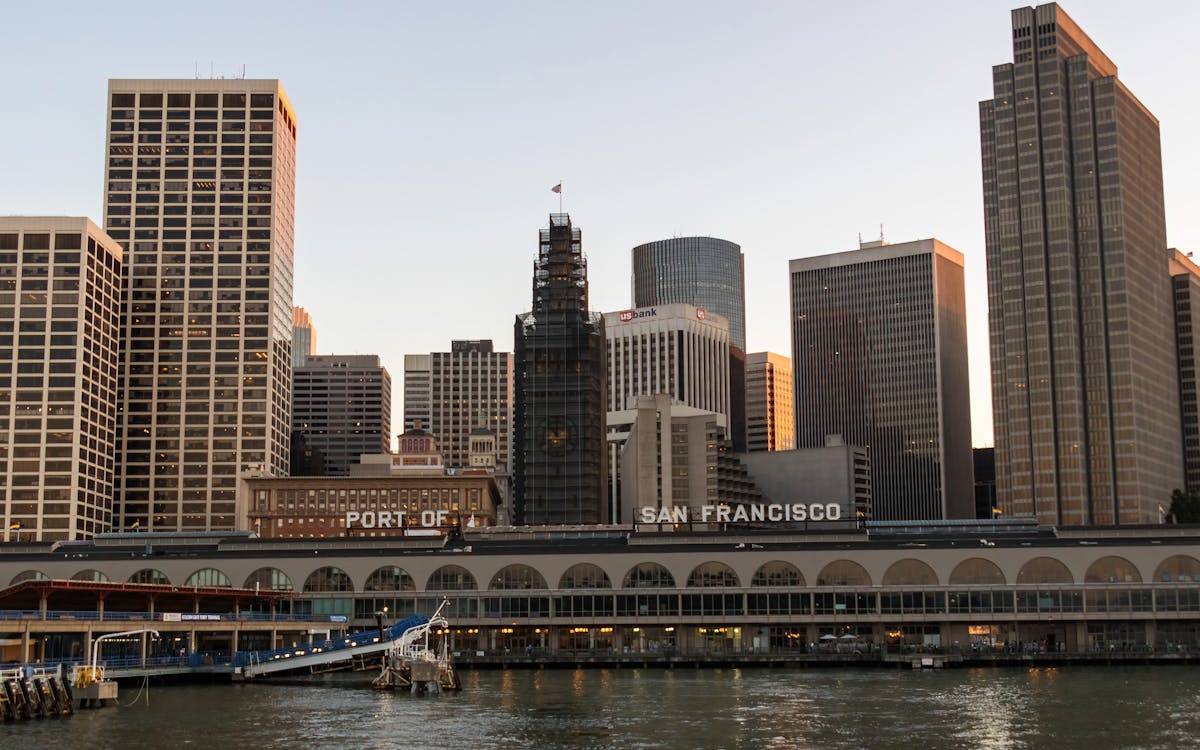Small Steps, Big Change: Reviving the Bay Ecosystem
Small Steps, Big Change: Reviving the Bay Ecosystem
Blog Article

Why Restoration Matters More Than Ever in the Bay Area
Over the last few decades, the San Francisco Bay has actually weathered the influence of city development, commercial advancement, and climate modification. Once teeming with wild animals and lavish wetlands, much of the bay's natural environments have been fragmented or degraded. Yet in the middle of these obstacles, something exceptional is occurring: local homeowners, volunteers, and grassroots efforts are leading a wave of environmental repair that's bringing new life back to the Bay.
Reconstruction isn't almost planting trees or tidying up trash, though those initiatives are essential. It's about restoring the foundations of life, from marsh yards that support fish baby rooms to shoreline buffers that defend against flooding. And in this region, the power of area involvement is transforming the trend extremely genuinely.
From Marshland to Miracle: The Return of Native Habitats
One of one of the most noticeable modifications taking place in the Bay Area is the re-emergence of native environments. Marshes that were once drained pipes or led over are being rehydrated and replanted. Turfs and bushes aboriginal to the region are being cultivated by neighborhood groups, who frequently rely upon local volunteers to assist grow seed startings and handle regulated planting occasions.
These native plants do greater than include plant to the landscape. They offer refuge to migratory birds, pollinators, and little animals, developing pockets of biodiversity in the middle of busy urban zones. As these habitats broaden, so does the environmental wellness of the Bay itself. When neighborhood homeowners take time out of their weekend breaks to obtain their hands in the dirt, they're not simply growing-- they're joining the reconstruction of a living, breathing ecosystem.
The Role of Education in Fostering Environmental Stewards
Education plays an important part in why these community-led efforts are working so well. Schools, community centers, and nonprofit teams are arranging hands-on discovering experiences where participants of any ages can understand the scientific research and significance of reconstruction. These programs often bring individuals in person with problems like erosion, air pollution, and water level rise-- subjects that can really feel abstract up until they're seen up close.
When someone sees the fragile balance of a tidewater or discovers how a solitary plant types can filter toxins from the water, the value of that expertise ends up being personal. And with that said understanding comes the motivation to act. Recovering environments becomes much less of a task and even more of a mission. This deep link to local areas is what sets the Bay Area apart and fuels the lasting success of these efforts.
Using the Digital World to Drive Real-World Change
Remarkably, the press to heal the Bay's environments isn't happening in isolation from the electronic globe. Innovation is coming to be an effective tool in rallying support, spreading out recognition, and connecting neighborhoods. Whether via citizen science apps that track indigenous varieties or neighborhood online forums arranging reconstruction events, the online area is matching boots-on-the-ground activity.
In the last few years, also neighborhood outreach strategies have evolved. For instance, a social media marketing agency in the Bay Area could sustain environmental campaigns by helping volunteers amplify their influence, inform their stories, and inspire others to get entailed. These electronic touchpoints have the power to turn a small weekend break clean-up into a local motion just by allowing individuals know it's happening-- which it matters.
Email Campaigns That Inspire and Inform Local Change-Makers
One more electronic approach making a concrete difference is e-mail communication. Updates concerning remediation events, seasonal growing efforts, and contribution drives are original site typically shared via very carefully crafted newsletters that strike an equilibrium between being insightful and inspiring. It's not unusual for a well-timed campaign from an email marketing agency in San Francisco to bring a rush of volunteers or donations to a job in need.
These e-mail projects aren't just transactional-- they're transformative. By informing clients about the direct effect their participation has, they support lasting engagement. Visitors pertain to seem like stakeholders in the health of their region, and that emotional connection equates to lasting dedication.
The Unseen Work of Connecting Data, Communities, and Nature
Behind every effective reconstruction task exists a complex web of coordination. There's research to understand what habitats need most, community feedback to shape inclusive strategies, and follow-up surveillance to ensure success. This kind of ongoing initiative often requires not simply heart, yet information, method, and interaction.
That's where the support of a digital marketing company in the Bay Area can make a peaceful but crucial distinction. By assisting companies develop strong electronic platforms, collect insights, and improve their messaging, these teams enable area groups to scale their influence. The result is an extra connected and reliable motion, where every activity counts, and every person seems like they're part of something larger.
The Power of People in Preserving the Bay's Future
If there's one thing the Bay Area has actually proven, it's that reconstruction doesn't need to begin with big establishments or enormous spending plans. It can begin with one next-door neighbor drawing weeds from a trail, one pupil planting a native seedling, or one family members showing up to a coastline cleaning. These small actions build up, especially when they're supported by wise approaches and shared with the wider area.
There's something uniquely hopeful regarding seeing the trends transform-- both figuratively and essentially-- for nature. The Bay is much from fully restored, however it's being restored day after day via the persistence and care of those who call this place home. With each marsh rebuilt and each native species safeguarded, we're not just bring back environments-- we're envisioning what's feasible when areas lead with function.
Maintain following this blog for more stories on local change, area influence, and the means you can be part of shielding the all-natural appeal that borders us.
Report this page